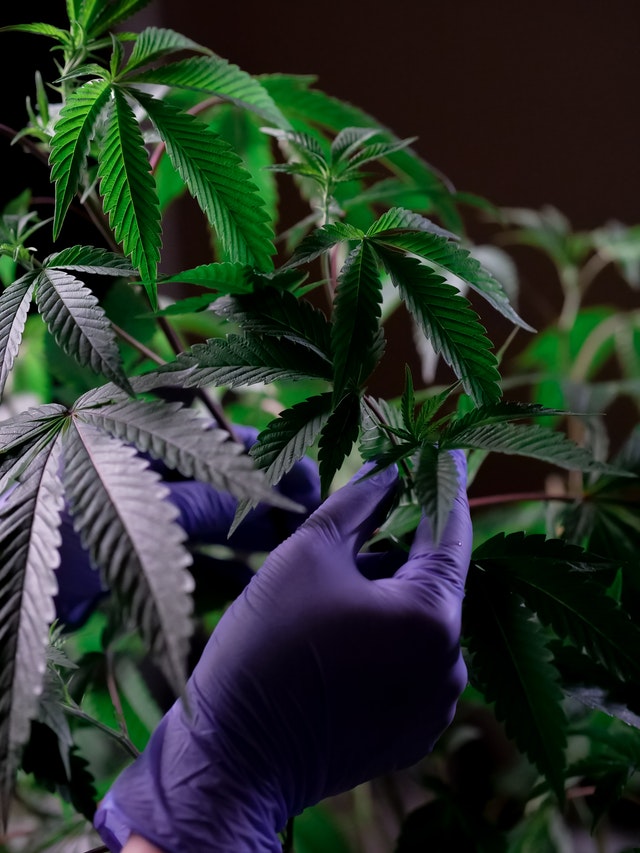Since there are plenty of secondary metabolic compounds within the cannabis plant, it is excellent for discovering plant-microbiome interactions. Furthermore, the plant’s medicinal and economic applications are abundant, making the study of the plant both incredibly intriguing and valuable.
The microbes in soil provide benefits like:
- Root disease suppression
- Growth stimulant production
- Nitrogen fixation
- Enhanced water retention [1]
The processes above mainly occur in the rhizoplane and rhizosphere, where plant-growth-promoting rhizobacteria (PGPR) live. Since PGPR offer plants mineral nutrition, they can stimulate crop growth. Additional benefits include host stress tolerance on abiotic and biotic levels. [2]
The bacteria that colonize the endorhiza (root tissue) offer substantial benefits to the plant. One benefit is the suppression of diseases through offering low molecular weight compounds, phytohormones, or enzymes responsible for metabolism and growth regulation. The design of the endorhiza bacterial community depends upon the cultivar, making the choice of cultivar immensely impactful. [1]
To find the effects of cultivar and soil type on the cannabis microbiome, researchers performed two experiments, each with different cultivars. [1] The first included Sour Diesel, Bookoo Kush, and Burmese cultivars. The second experiment included Maui Wowie and White Widow.
While the first experiment did not show significant edaphic (influenced by the soil) variation, the second experiment did. Much of the difference was attributed to the involvement of two different soil types, which was not a variable within the first experiment.
When using unweighted and weighted analyses, Methylophilus bacterial levels varied widely from within the endorhiza of the plants. Bookoo Kush’s microbiome held 13%, Burmese held 0.13%, and Diesel had no Methylophilus. However, samples of all plants contained Pseudomonas, Oxalobacteraceae, Cellvibrio, Xanthomonadaceae, Sphingobacteriales, and Actinomycetes bacterial colonies.
The three edaphic factors that attributed most to the variation in community characteristics were nitrogen, carbon, and water (respectively). Another notable finding within this research is that endorhiza have more operational taxonomic units (a way of evaluating taxonomic similarity) in common with the soil in which they are grown than with another plant of the same cultivar.
Ultimately, researchers found that soil properties determined the composition of the microbial communities, and Cannabis cultivars determined the structure of the community. The key takeaway is that one can plan the best microbial composition and structure for boosting plant health, increasing resistance to disease, or increasing metabolite production prior to planting and reap the rewards.
References
[1] Winston ME, Hampton-Marcell J, Zarraonaindia I, et al. Understanding cultivar-specificity and soil determinants of the cannabis microbiome [published correction appears in PLoS One. 2014;9(9):e107415. Hartsel, Josh [corrected to Hartsel, Joshua A]]. PLoS One. 2014;9(6):e99641. [journal impact factor = 3.24; times cited = 51] [2] Lyu D, Backer R, Robinson WG, Smith DL. Plant growth-promoting rhizobacteria for Cannabis production: Yield, cannabinoid profile and disease resistance. Front Microbiol. 2019;10:1761. [journal impact factor = 5.64; times cited = 24]







